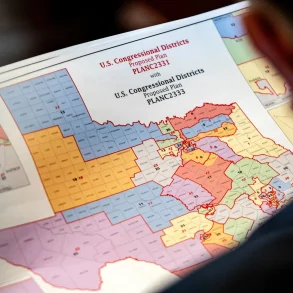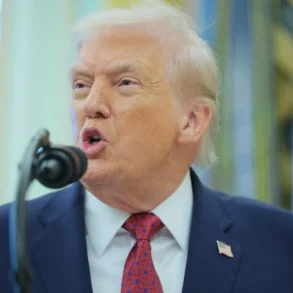On July 14, 2025, the U.S. Supreme Court made a landmark decision, allowing President Donald Trump to move forward with his controversial plan to lay off nearly 1,400 employees from the Department of Education. This ruling, which paused a lower court’s injunction, has reignited debates about the future of federal education policy and the balance of power between the executive branch and the judiciary.
A Controversial Move to Downsize
The Supreme Court’s 6-3 decision overturned a preliminary injunction issued by U.S. District Judge Myong Joun in Boston, who had blocked the layoffs, warning they could “cripple” the Education Department. The Trump administration argues that these layoffs are part of a broader effort to streamline the department and shift many of its responsibilities back to the states, fulfilling one of Trump’s key campaign promises. In a post on his social media platform, Truth Social, Trump hailed the ruling as a “Major Victory to Parents and Students across the Country,” emphasizing his goal to decentralize education functions.
Education Secretary Linda McMahon echoed this sentiment, stating, “The President, as head of the Executive Branch, has the ultimate authority to make decisions about staffing levels and operations of federal agencies.” However, critics, including the three dissenting liberal justices—Sonia Sotomayor, Elena Kagan, and Ketanji Brown Jackson—argue that the administration’s actions may overstep legal boundaries. In her dissent, Justice Sotomayor wrote, “When the Executive publicly announces its intent to break the law, and then executes on that promise, it is the Judiciary’s duty to check that lawlessness, not expedite it.”
The Impact on Education Department Employees
The layoffs affect approximately one-third of the Education Department’s workforce—1,378 employees—who have been on paid administrative leave since March 2025. Without Judge Joun’s injunction, these workers faced termination in early June. The American Federation of Government Employees Local 252, a union representing some of the affected staff, noted that none of these employees have been allowed to return to work. The department has claimed it is “actively assessing” how to reintegrate these workers, but critics question the sincerity of these efforts.
Legal and Political Firestorm
The Supreme Court’s decision stems from two consolidated lawsuits filed by Massachusetts school districts, teachers’ unions, and 21 Democratic attorneys general. These groups argue that Trump’s plan to dismantle the Education Department is an illegal attempt to bypass Congress, which has the authority to reorganize federal agencies. Skye Perryman, president of Democracy Forward, called the ruling a “devastating blow” to public education, criticizing the Supreme Court for acting on its “shadow docket” without providing a detailed explanation.
The Trump administration, however, insists the layoffs are about efficiency, not a full shutdown of the department. Solicitor General D. John Sauer argued that the executive branch has the right to manage internal operations, and the layoffs align with the administration’s goal of reducing federal overreach. Yet, opponents warn that slashing the department’s workforce could severely limit its ability to provide critical resources, such as after-school programs, summer initiatives, and teacher-training grants.
What’s at Stake?
The Education Department oversees billions of dollars in funding for schools across the country, supporting programs that range from special education to low-income student services. Critics argue that dismantling the department could disrupt these programs, leaving states and local school districts scrambling to fill the gaps. The Massachusetts school districts involved in the lawsuit warned that the loss of federal support could cause irreversible damage to their ability to serve students effectively.
Meanwhile, more than 20 states have filed a separate lawsuit against the Trump administration, challenging the freezing of billions in education funding. This legal battle underscores the broader tension between federal and state control over education policy, a debate that is likely to intensify as Trump’s plan moves forward.
Looking Ahead
While the Supreme Court’s ruling allows the layoffs to proceed, the legal fight is far from over. The lawsuits challenging the administration’s actions will continue in lower courts, with plaintiffs arguing that the plan violates federal law. If the courts ultimately rule in favor of the plaintiffs, it may be difficult to undo the damage caused by the layoffs and program cuts. On the other hand, if the administration prevails, it could mark a significant shift in how education is managed in the United States, with states taking on a larger role.
For now, the decision has sparked fierce debate about the role of the federal government in education and the checks and balances within our system. As the nation watches this case unfold, one thing is clear: the future of the Education Department—and the students it serves—hangs in the balance.








